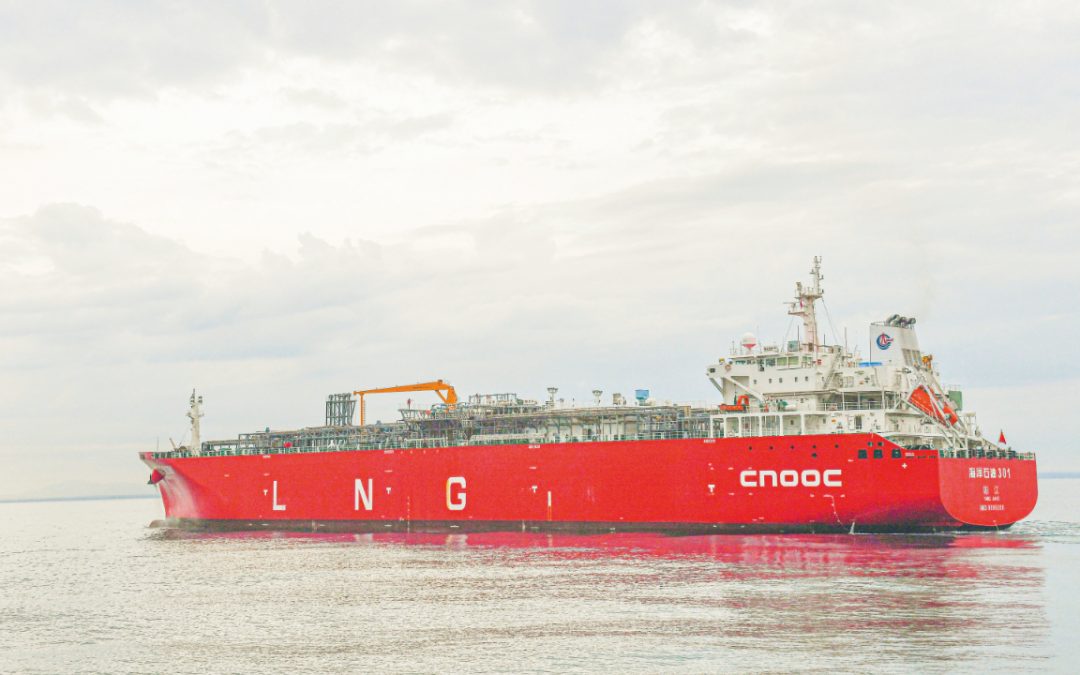Over the years, global energy systems have come to be very large and
connected. The situation in Europe has demonstrated how sensitive energy availability and prices are even to a regional conflict. In particular, since Russia is a major energy supplier to the world and the impacts have been significant. The conflict started at a time when the prices were already on the rise consequent to the post-pandemic recovery of demand, and on the back of under-investment in energy infrastructure for close to a decade. The geopolitical situation was a timely reminder that actions in the
energy sector must be well thought through, aiming for rapid transition but
simultaneously acting to prevent disruption. Today’s world will not countenance prolonged energy shortages.
It is in this context that natural gas has come to be so important. It is a fossil fuel but a clean burning one with much lower emissions than coal and other hydrocarbons. It is also a very substantial part of the global energy basket now, accounting for about a quarter of global electricity generation. It also plays a key role as an industrial feedstock including for fertiliser production. While there are questions on the long-term future of all
fossil fuels, in the absence of lower carbon alternatives in the medium term, natural gas will likely play a major role in supporting a transition to net zero energy systems. Many view it with scepticism since it eats into the very limited carbon space that remains.
Hence, it is not without its critics. However, it can serve some very important energy supply needs before renewable energy and energy storage systems are ready to address those needs.
A Transition Fuel Liquefied natural gas (LNG), which is essentially natural gas cooled cryogenically, has brought an additional dimension to this story, and that of flexibility. While the ongoing geopolitical crisis in Europe upended supplies through the Nordstream pipelines, the energy systems adjusted better than expected to the massive disruption. This was
possible only because LNG allowed for demand to be met and gas storage in Europe to be filled much faster than anticipated, despite infrastructure limitations. This combination of relatively clean characteristics with the flexibility that it brings to the energy systems makes LNG’s case even more strong as a transition fuel for the world.
In India, the realities are different from Europe. India is, and probably will, be on a faster growth trajectory than most of the world for the coming several decades. We must accept the realities of the energy transition, but also act in a way that we do not lose opportunities and the moment. This is where energy becomes critical for India. We must decarbonise, but we also must not curb growth. This means that we cannot allow a situation where we become a victim of energy poverty.
India’s choices of fuels are limited. While renewables are being developed full throttle, their relative contribution is still small. New coal is very difficult to finance and build at scale. Given the energy and food security imperatives, natural gas will perhaps play a greater role than before. Domestic gas supply currently meets only half the needs of the country and this is unlikely to change radically per the current prognosis. Hence,
imported LNG, for which India will soon have one of the best infrastructure globally with receiving terminals dotting the coastline from Kutch to the proximity of Kolkata, is likely to play a very significant role.
Future of LNG
Even as a significant role for LNG in the energy future can be foreseen, its contribution to the long-term energy future will be dictated by a number of factors. These include:
How natural gas and LNG are decarbonised will be critical. For this, anti-flaring and prevention of methane leakage on the production end and carbon capture utilisation and storage (CCUS) at the consumption end will be important. Even if the gas is lower in carbon content, we cannot keep pumping carbon dioxide into the air.
The value streams of natural gas as a complement to renewables have to be
recognised fully. While gas for power has been discarded as a strategy, if all
value streams are considered including peaking and ancillary services
(secondary and tertiary response), the picture can change. Technology choices will be important, for example, gas engines could play a big role in system decarbonisation along with energy storage.
Energy markets will play a key role. A combination of long-term indexed contracts and flexible contracts based on markets are needed. Structured gas trading platforms, including gas exchange, can promote and sustain efficiency and flexibility.
Prices will play an important role in making the commodity acceptable. Otherwise, customers will switch, as past experiences have shown. It is incumbent on energy suppliers to make note of this.
Flexibility would play a big role when it comes to important stakeholders. While trading markets have a role to play, they do have limitations. Hence, in a very volatile world, counterparties would have to demonstrate greater flexibility than before.
To cross the gap between the high-carbon and the low-carbon systems, some bridges are needed. Gas can serve as the bridge, even as renewables define the road. For India, given the limitations on the supply of domestic natural gas, LNG is probably among the best bets to bridge that gap. The price concerns on LNG are not inconsequential or specific to India. Even the European Union imposed price caps.
Hopefully, global supply expansion in the next 18-24 months will bring price stability and enable LNG to play a balancing role in energy availability and decarbonisation.
Source: Hellenic Shipping News






